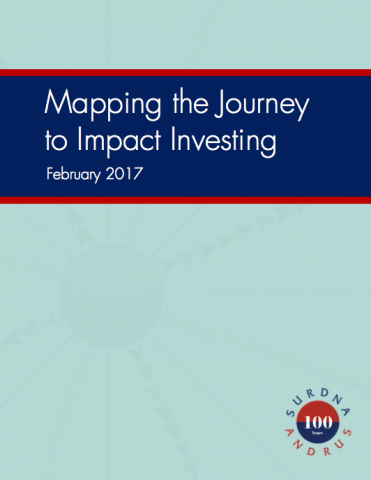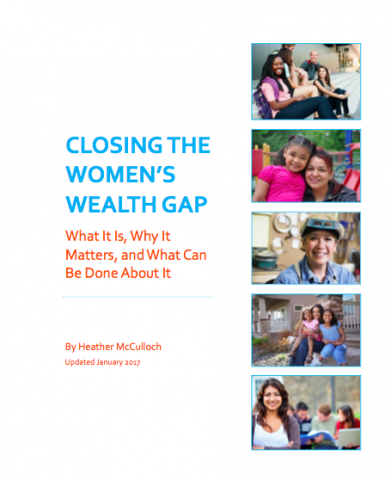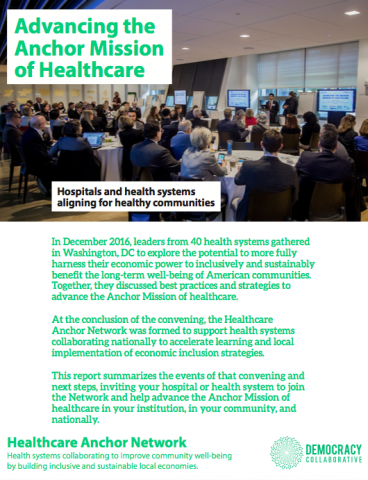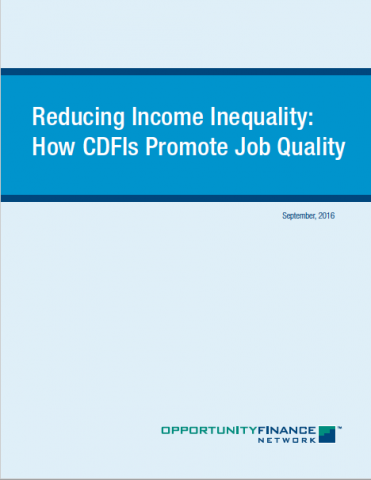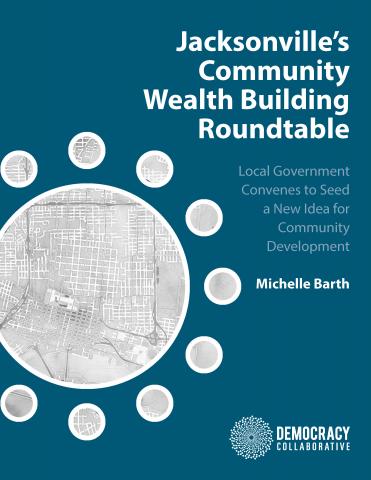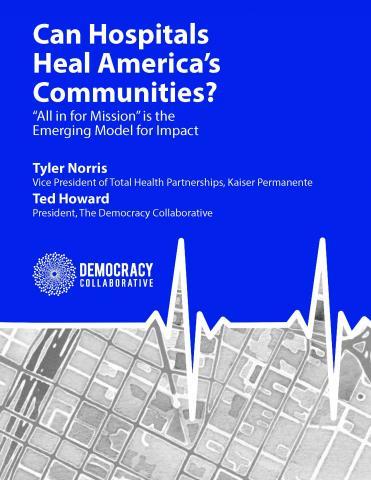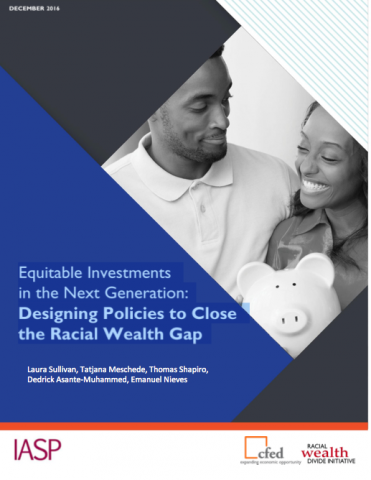Earlier this year, the Surdna Foundation announced the creation of a $100 million impact investment fund (roughly 10 percent of their portfolio) in order to align their investment practices with their grant making activities. This new guide distills the lessons learned in establishing the fund, including their research on the spectrum of mission investment tools available to philanthropy, detailed information on their internal processes and timeline, and discussion of key milestones and challenges.
